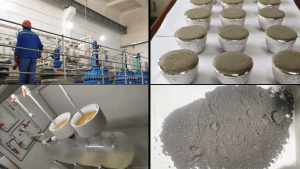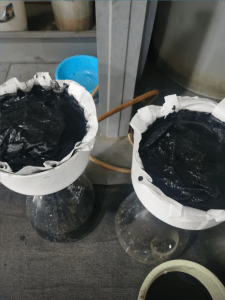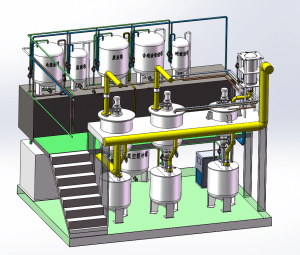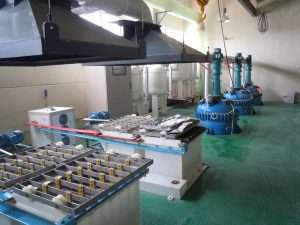Call us now:
Gold, platinum and other precious metals because of its excellent physical and chemical properties (strong resistance to acid and alkali corrosion, ductility and electrical conductivity) and is widely used in medicine, electronic equipment and other major fields. Currently, gold and platinum are mainly separated and recovered by replacement and thiourea methods, but the traditional methods are ineffective and polluting to the environment, and the acidic and oxidizing production conditions require high equipment and high losses, making it difficult to meet the needs of sustainable development. Compared with traditional treatment methods, solvent extraction is more operable for recovering precious metals such as gold and platinum, and no treatment is required for leaching precious liquids; in addition, the reaction conditions of solvent extraction are milder, requiring less equipment and producing almost no waste gas, which is less polluting to the environment. It is worth mentioning that the solvent extraction method does not require high grade of gold and platinum in the waste, and is highly adaptable to different sources of gold and platinum waste.

At present, with the in-depth investigation of the extraction process route and the mechanism of action, the extraction and separation of gold and platinum has achieved more fruitful results. In this paper, dibutyl carbitol (DBC), a commonly used industrial extractant, was used to separate gold and platinum with good results; trioctodecyl tert-amine (N235) was used to extract platinum from the gold tailing, and N235 was enriched to recover platinum from the tailing after platinum chloride precipitation, which effectively improved the recovery of platinum.
The separation of Au from Pt and Cu was achieved by DBC extraction of high Cu precious metal solutions, and the extraction rate of Au was 99.11% when the centrifugal extraction speed was 3000 rpm compared to O/A of 1:1.
The extraction of PtCl62- using N235 with a centrifugal extraction speed of 2500 rpm compared to O/A of 1:2 and an extraction time of 9 min was chosen as the production process, and the extraction rate reached 98.89%.
N235 was used as an enrichment extractant for the platinum-containing filtrate after platinum chloride precipitation to improve the recovery of platinum, and the concentration of Pt in the enriched solution could reach more than 25 g/L.



